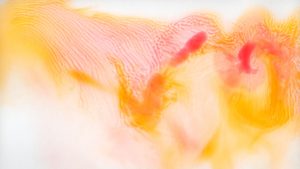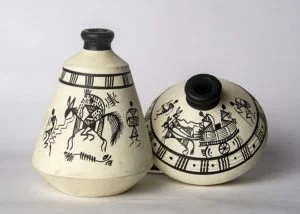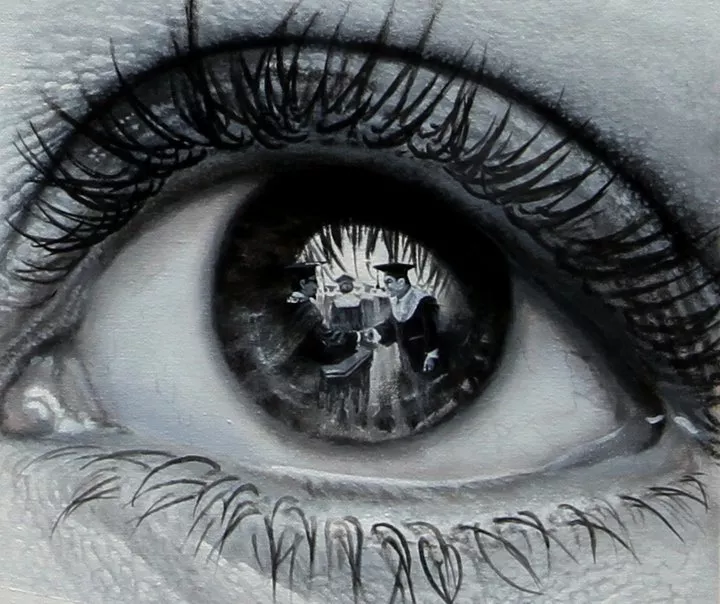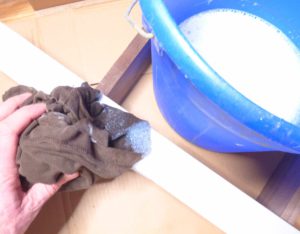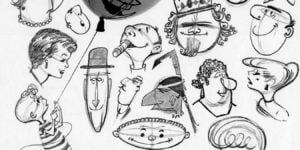Knife Painting
Art is a conscious expression of imagination, feelings, and emotions. The history of art begins with Spray-Painted Graffiti found in the caves of Indonesia, and since then, it has taken various other forms as well. Some significant forms include sculpting, printmaking, drawing, decorative arts, photography, and installation. However, these forms of art are further categorised into different formats like spray painting, knife painting, brush painting, etc.
People engage in painting, drawing or sculpting for several reasons, but two main reasons are:
- It is aesthetically pleasing and
- heals the mind of the artist and the observer
What is Knife Painting
Knife painting, for instance, is one beautiful development in history that serves the purpose of art. Knife painting, like the name suggests, is painting with a knife. Generally, these knives have a flexible steel blade that is pointed at the tip and lowered like a trowel. This unique physical shape is best suited for mixing paint and applying it on canvas. The knives also come in various shapes and lengths like a triangle, diamond, rectangle, etc.
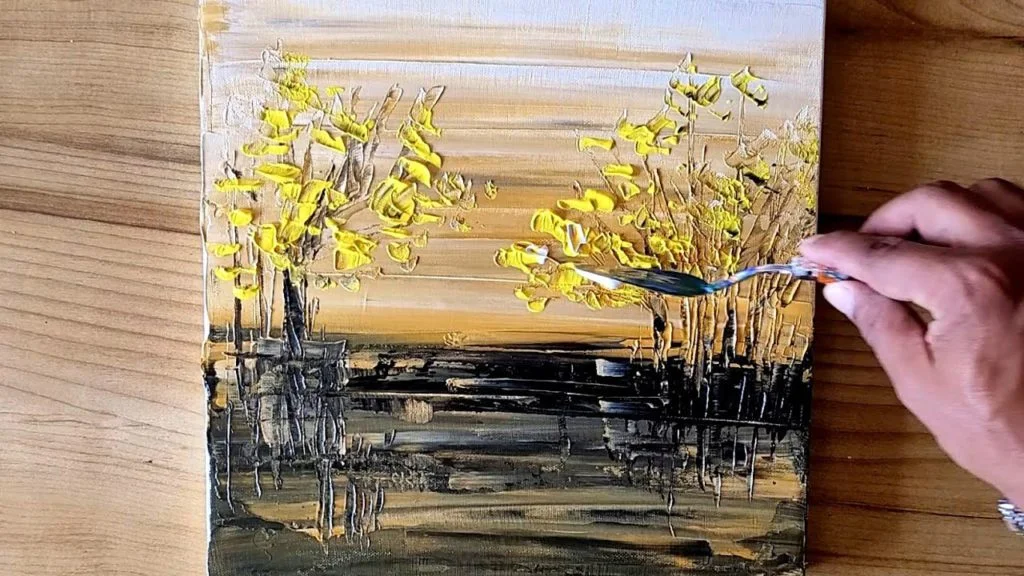
Paints suitable for knife painting
With such variety in shapes, artists are able to explore with an array of textures on their canvas. But, since knife painting is executed on a canvas, paints are limited to two kinds –
- Acrylic
- Oil paints
The reason for such a limited choice is that knife painting requires thick layers of paint. To execute this, only acrylic or oil paints can be used. Another reason for using these paints is that neither of them cracks while drying.

Types knives for knife painting
As an artist, you have the freedom to decide which of the two you wish to use. Oil paints tend to give a high-gloss and matte finish, whereas acrylic paints give a gloss texture. Contrary to limited colour forms, there are a large variety of knives that are used for knife painting. One top-rated knife amongst beginners is a flat knife with a smooth surface. This knife fans out into a wedge shape and is best for paintings that need details. Such detailed paintings include flowers, landscapes and city scrapers.
Another type of knife is a rectangle top edge that tapers down into a triangle-shaped bottom. This shape allows for movement and flexibility and is best for creating vertical or horizontal lines. In contrast to paintbrushes, these knives give more texture and effect to your painting.
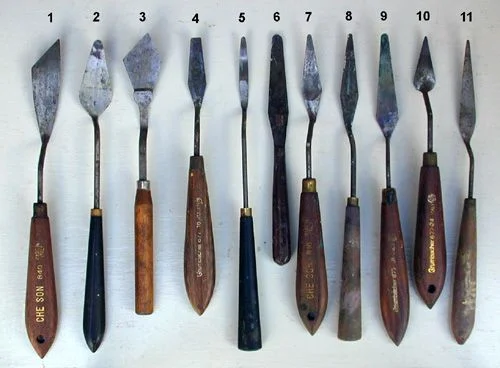
Different techniques of knife painting
With a variety of knives, there are several different techniques you can explore. These techniques are elementary to administer and are very common and popular amongst the list:
Thin lines
Artists use a palette knife to create thin, broken lines that tend to look very natural in a painting. All that needs to be done is to load the edge of the knife with a small layer of paint and then dab the edge on the canvas. While following this method, you will notice that each stroke produces one line. Due to this, you will be required to reload your palette knife again and again. Keep in mind that the paint must be distributed around the knife’s edge to get the perfect texture.
Dragging colours
By moving one colour into another, the palette knife merges edges, creating a rough and dispersed edge. If you were to do this with a brush, the edges should be much softer in comparison.
Fixing errors or adding details
Using a knife will scrape paint from the canvas to clear areas where you want to make a change. You may also scrape details into your artwork with the palette knife. For example, to resemble a tree limb, scrape away a thin line of paint. Staining the canvas is helpful since it exposes some beautiful earthy colours rather than the colour of the canvas.
Dabbing small bursts of colour
This is a terrific way for artists to generate a sense of movement without having to render all of the details. It usually entails dipping the knife’s tip into thick paint (usually a bright colour) and dabbing it onto the artwork. Applying an equal amount of pressure is very detailed here.

These are a few techniques that you can make use of if you are just starting with knife painting. Painting with a knife breaks away from the norms of paintbrushes, and few say that it is a little challenging process. However, with time and practice, there is nothing you cannot do.
How to begin with knife painting
Following are two crucial steps to begin your journey in knife painting. These steps are straightforward to follow and will make the process of painting easy.
Know your paints well
For mixing oil or acrylic paint, palette knives are preferable because they allow you to be more accurate with each colour’s proportions. Therefore, the first thing you need to mix the colours you need to achieve the desired hue combinations on the colour palette.
Since knife painting requires thick layers of paint, a lot more than the usual amount of paint will be needed. Hence you should keep extra paint for they will prove to be handy.
Practice on swatches
When starting with knife painting, the most common question that comes to the minds of an artist is how to get that diverse texture with a palette knife?
To be able to master an essential skill like that, you will need to practice a lot. You can begin by adding paint to a practice swatch with a palette knife. Explore with pressure, angles, and colours, observe what you get, and don’t be afraid to scrape away paint and start the process all over again.
Final words
Knife painting does not allow much room for accuracy and is not as versatile as a paintbrush. But many artists say that knives have a greater advantage since they are easier to maintain. Some have even said that in contrast to paintbrushes, caring for knives is much easier. Even though knife painting requires patience, the process is fun and aesthetically pleasing.
Share with your friends

